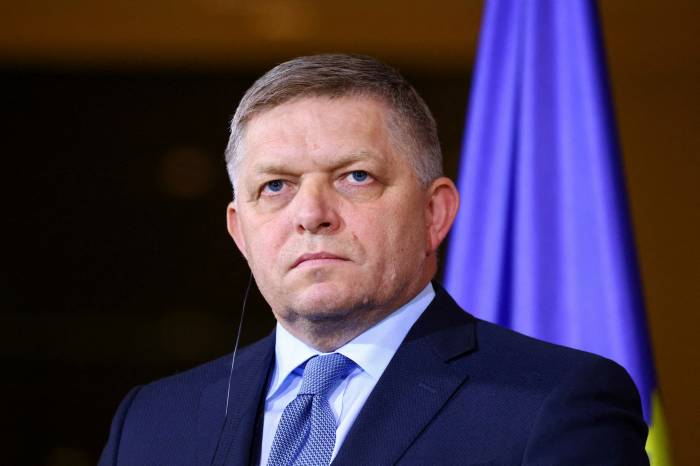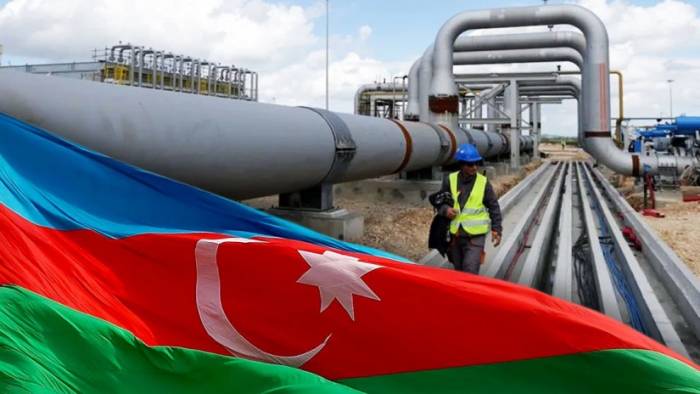By Asif Aydinli
Historically, like many Central European countries, Slovakia has been heavily reliant on Russian natural gas. Slovensky plynarensky priemysel (SPP), the country’s largest gas operator, has traditionally secured energy supplies at relatively low prices thanks to a longstanding contract with Russian suppliers. However, political risks, economic costs, and the potential end of transit through Ukraine by the end of 2023 have compelled the country to seek alternative energy sources to reduce its dependence on Russia.
New Agreement with Azerbaijan: A Step Toward Energy Independence
A recent pilot agreement between SPP and Azerbaijan’s state-owned company SOCAR presents the opportunity for gas imports from Azerbaijan, seen as a crucial alternative to Russian supplies. This deal aims to diversify sources and strengthen Slovakia’s energy security. SPP is considering several possible routes for t ransporting Azerbaijani gas, including transit through Ukraine ; however, this route remains uncertain due to political factors.
Ukraine’s initiative to halt the transit of Russian gas across its territory if the current contract expires has raised concerns among transit-dependent countries like Slovakia, Hungary, and Austria. For Slovakia, the situation is particularly acute, as last year around 89% of its gas demand was met through Russian supplies. To mitigate dependence on a single source and avoid supply risks, SPP is actively exploring alternatives.
Preparedness for Contingencies: Reserves and New Routes
SPP’s CEO, Vojtech Ferencz, recently stated that maintaining gas transit through Ukraine remains the most cost-effective solution for the company’s customers. However, the high risk of supply disruptions through the eastern corridor has driven SPP to adopt additional measures. The company is expanding its storage and reserve capacity to ensure stable supplies in the event of unforeseen circumstances.
A significant step in this direction has been securing contracts with major international energy companies, including BP, ExxonMobil, Shell, ENI, and RWE, enabling SPP to cover up to 50% of its customers’ needs through alternative supplies. Additionally, with its own gas reserves, the company can increase coverage up to 150%, helping Slovakia build a safety stock against potential disruptions. This year, the country increased its stored gas volume by 20% compared to the previous year, and underground storage facilities are scheduled to be fully stocked by the start of the heating season and January 2025.
Alongside reserves, SPP has reserved transit capacities for transporting gas through the Czech Republic from Germany, creating another alternative route that reduces reliance on eastern supply lines. Moreover, the southern route, which includes the TurkStream pipeline running through Turkey, Bulgaria, Serbia, and Hungary, can be used to import both Russian and Azerbaijani gas, providing a potential long-term solution.
Challenges and Costs: Transitioning to New Sources
Economically, the shift to alternative sources comes with costs. According to Ferencz, if Russian supplies are entirely halted and Slovakia shifts to other sources, additional expenses will total around €140 million. These funds will cover the higher costs associated with purchasing and transporting gas from alternative sources, as well as managing the increased storage volumes. This could lead to higher consumer prices, though Slovakia aims to minimize this impact.

Slovakia’s Prime Minister Robert Fico looks on during a press conference with German Chancellor Olaf Scholz in Berlin, Germany, January 24, 2024. REUTERS/Nadja Wohlleben
Political Dimension: EU Pressure and Domestic Policies
The political dimension is also significant in Slovakia’s diversification efforts. Prime Minister Robert Fico, known for his populist stance, has not always supported reducing dependence on Russia. He even threatened Ukraine in response to sanctions imposed on the Russian oil giant Lukoil, pledging to halt diesel supplies. Such statements have raised concerns in the European Union, which encourages member states to achieve energy independence from Russia and take active steps toward alternative sources.
The EU is also pressuring Slovakia’s government to accelerate its transition away from Russian gas and oil, a message echoed in similar calls to Hungary. While many European countries have already begun a strategic shift toward renewable sources and reduced dependency on Russian fuel, Slovakia’s transition remains gradual.
Looking Ahead: Risks and Prospects
The European energy market is evolving rapidly, and Slovakia finds itself at the center of this turbulence. The agreement with Azerbaijan is an essential step toward diversification, yet fully transitioning to alternative sources will require time, significant economic resources, and political will. The complexity of this transition is further heightened by the high costs associated with fuel acquisition and transport, as well as the need to ensure uninterrupted supplies amid global market fluctuations.
In the coming years, Slovakia will likely adopt a balanced approach, weighing economic viability, political security, and geopolitical risks. The country is also actively enhancing its gas storage capacity to create a buffer against disruptions. It’s important to note that Slovakia’s long-term challenge lies in achieving energy independence amid rising instability.
Transitioning to alternative sources will demand not only financial investment but also a shift in strategic planning, as Slovakia adapts to new realities and a changing balance of power in the energy market. The European Union will continue to encourage Slovakia’s shift to clean energy and reduced reliance on fossil fuels, which will contribute to long-term stability and security for Slovak citizens.
